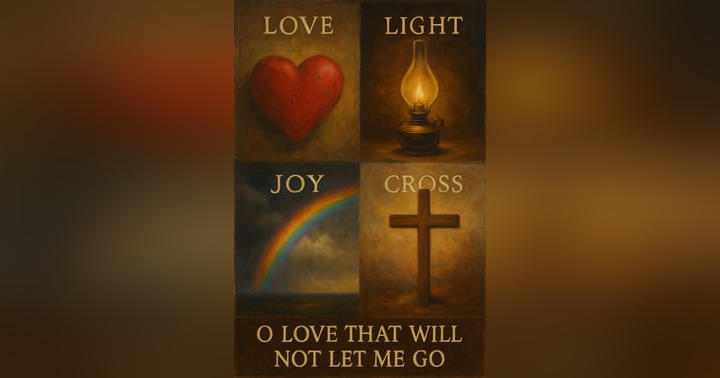Jesus Gets the Crown, We Get the Joy

In the vast landscape of Christian hymnody, few compositions stand as tall and enduring as "All Hail the Power of Jesus' Name." Often called "The National Anthem of Christendom," this majestic hymn transcends denominational boundaries, cultural divides, and historical periods to unite believers in a singular act of coronation worship.
The hymn, penned by Edward Perronet in 1779, emerged from the fertile soil of the Methodist revival in England. As the son of a French Huguenot pastor who was closely associated with John and Charles Wesley, Perronet was steeped in the evangelical fervor of his day. Though quiet in temperament, his conviction about Christ's supremacy burned bright through his ministry and ultimately found its fullest expression in this triumphant hymn.
What makes "All Hail the Power of Jesus' Name" so enduring isn't just its memorable melody or stirring lyrics, but its profound theological depth that unfolds across its verses like a cosmic drama of redemption and enthronement. The hymn begins in the throne room of heaven, calling angels to "prostrate fall" before moving to the "chosen seed of Israel's race" and the "ransomed from the fall" before expanding outward to "every kindred, every tribe on this terrestrial ball." This progression isn't arbitrary—it traces the expanding circles of Christ's lordship from heaven to earth, from the chosen people to all nations.
The refrain "Crown Him Lord of all" serves as both declaration and invitation. It acknowledges what is already true in the heavenly realm while calling us to participate in that reality through our worship and submission. The hymn doesn't just tell us about Christ's lordship; it invites us to take part in his coronation by offering the "royal diadem" that belongs to him alone.
The musical settings of this hymn further enrich its impact. The "Coronation" tune by Oliver Holden offers a stately, processional quality befitting a royal march, while the "Diadem" arrangement by James Ellor provides a more exuberant, choral celebration with its cascading repetition of "crown Him" that creates a sense of heavenly harmonies joining together. Both tunes serve the text beautifully while offering different emotional experiences of the same theological truth.
The staying power of this hymn is evidenced by countless stories of its impact across centuries and continents. From deathbeds where believers have sung its lines as their final earthly words to mission fields where its declaration of Christ's lordship has opened doors to unreached peoples, "All Hail the Power" continues to function as more than mere music—it serves as a powerful proclamation of the gospel itself.
In our contemporary context, where self-coronation is celebrated and individual authority is prized, this hymn stands as a countercultural declaration that there is only one rightful sovereign. It reminds us that our deepest joy isn't found in wearing crowns of our own making but in casting those crowns at the feet of Christ. When we sing "crown Him Lord of all," we're participating in an act of joyful surrender, laying down burdens we were never meant to carry.
This is perhaps why the hymn concludes with a vision of eternity, where we join the "sacred throng" in falling at Christ's feet and joining the "everlasting song." The crown we place on Christ's head now is a foretaste of the worship that will continue forever. The lordship we acknowledge in our singing is the same lordship that will be universally recognized when every knee bows and every tongue confesses that Jesus Christ is Lord.
In a world fragmented by division and dominated by temporality, "All Hail the Power of Jesus' Name" offers a vision of unity and eternity centered on the One who is worthy of all praise. It invites us to lift our voices in harmony with angels, saints throughout history, and believers across the globe to declare what has always been and will always be true: Jesus Christ is Lord of all.
















